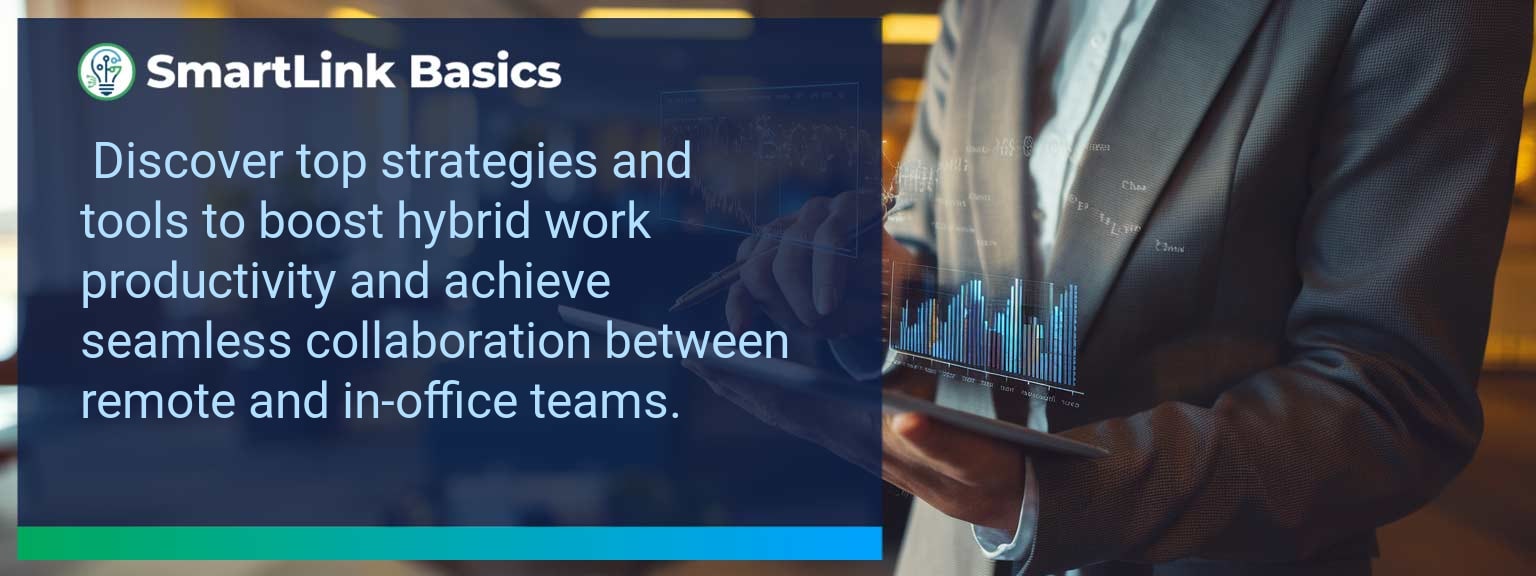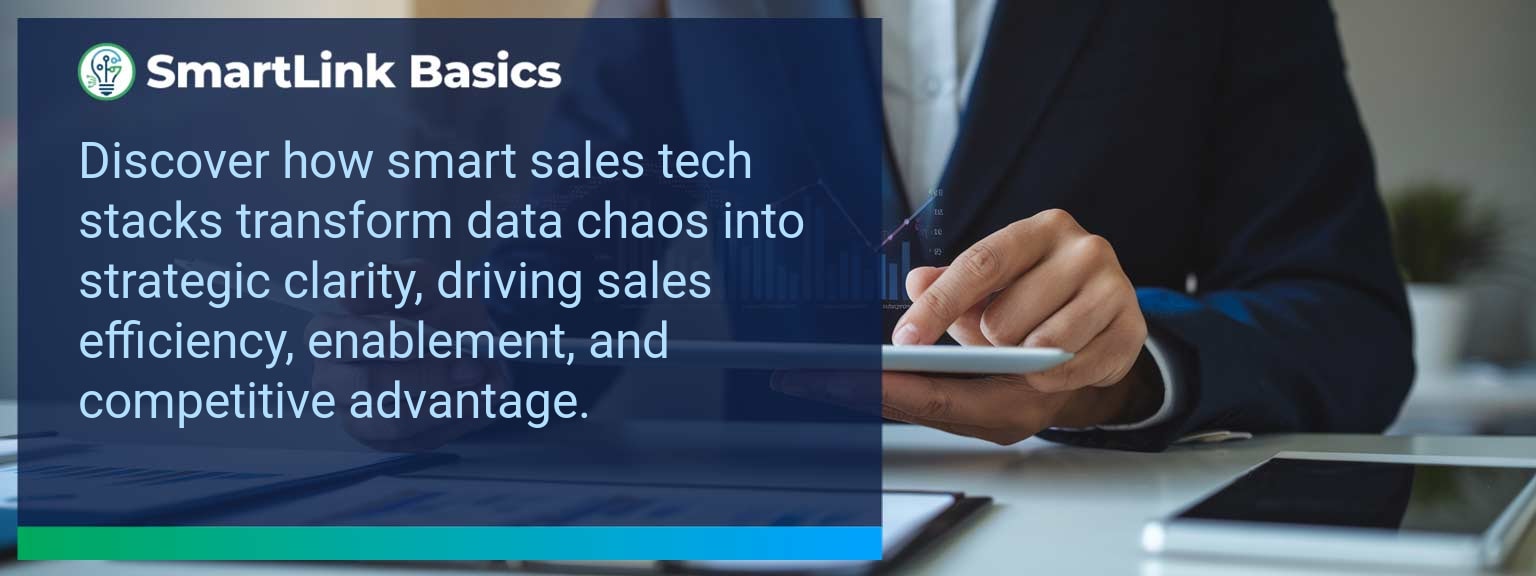Hybrid Work Productivity: Proven Strategies And Tools For Seamless Collaboration
A McKinsey study found that 58% of U.S. workers can operate remotely at least part of the week, making hybrid setups a permanent fixture in modern revenue organizations. For sales leaders, this shift demands a rethinking of processes, communication flows, and accountability structures to sustain high performance across distributed teams. SmartLink Basics leverages proven frameworks to help leaders master hybrid work productivity and translate collaboration into measurable sales outcomes. This article outlines the core challenges of dispersed work, methods for redesigning workflows, and the right mix of workplace collaboration tools to increase remote work efficiency. You’ll learn how to identify barriers, implement evidence-backed productivity strategies, and track engagement with data-driven metrics.- Redefine goals and KPIs for hybrid team contexts.
- Use integrated workplace collaboration tools to centralize knowledge.
- Adopt structured meeting cadences and outcome-based reporting.
- Automate repetitive tasks to boost remote work efficiency.
- Track engagement and output metrics to sustain performance.
Overcoming Barriers To Effective Collaboration In Hybrid Work Productivity
Hybrid teams often face fragmented communication, unclear priorities, and tool overload. These issues can dilute accountability and reduce visibility into progress. Without intentional processes, even high-performing individuals can operate in silos. For example, a B2B SaaS sales team may lose critical deal intel when conversations occur across multiple unlinked platforms. This impacts forecasting accuracy and slows decision-making. Standardizing communication channels and documenting shared workflows is non-negotiable. Use centralized platforms, define reporting expectations, and set documented escalation paths to prevent delays.Implementing Tools And Methods For Success In Hybrid Work Productivity
Selecting the right workplace collaboration tools requires aligning them with your sales operating system. Broad adoption is easier when tools integrate seamlessly with CRM, sales enablement, and pipeline analytics. For instance, pairing Microsoft Teams for daily communication with Asana for project tracking can unify workflow visibility while maintaining team flexibility. Both must link to data hubs for complete performance oversight. Actively train teams on tool usage, create quick-reference guides, and track adoption rates to confirm actual ROI on technology spend.Measuring Productivity And Engagement Outcomes
Without relevant metrics, teams rely on assumptions instead of actionable insights. Advanced sales organizations measure both leading indicators of engagement and lagging indicators of revenue. An inside sales unit running hybrid schedules might track call volumes, meeting conversions, and average deal velocity weekly. These real-time metrics highlight emerging issues before quarterly results are impacted. Audit data weekly, and assign individual accountability for each tracked metric. Set targets that are tied directly to strategic objectives.| Category | Metric | Definition | Target |
|---|---|---|---|
| Leading | Virtual Meeting Attendance | Percentage of team present in scheduled calls | 95% |
| Lagging | Revenue per Rep | Average monthly closed revenue per salesperson | $85,000 |
| Quality | Collaboration Index | Average score from bi-monthly peer evaluations | 8/10 |
Anticipating Trends In Team Collaboration
AI-driven analytics, asynchronous video updates, and VR-enabled meetings are emerging as new efficiency multipliers in hybrid environments. Early adoption can create competitive advantage by reducing lag time between action and insight. For example, combining AI meeting transcriptions with auto-tagged CRM notes allows instant handoff between team members, even across time zones. This eliminates repetitive update calls and keeps deal momentum high. Evaluate upcoming collaboration technologies quarterly, and pilot them with a single team segment before a full rollout for controlled learning.<Get the 90-day plan, coaching rubric, and dashboard template to operationalize AI in your enablement program.









